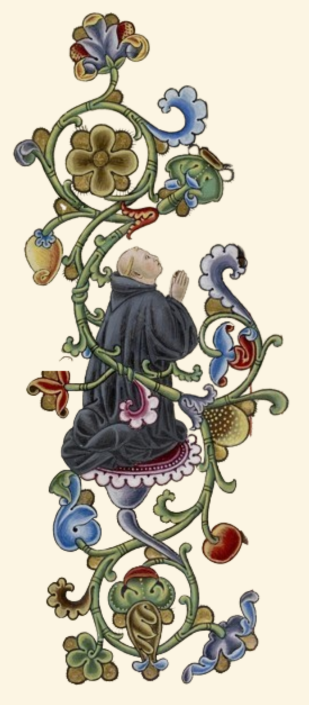
Bound by Human Skin, Not Ethics
June 6th, 2025
Anthropodermic bibliopegy:
Definition: human skin bound book. Mostly made by
nineteenth-century doctors.
*Trigger Warning: Dead people, medical malpractice*
I had first read of books bound in human skin in Madman’s Library by
Edward Brooke-Hitching (a must-read). I was, of course, grossed
out, but still very curious. I don’t even do good around cremated
remains so I probably would puke if I were to encounter one of
these. Knowing (and hoping) that I was probably never going to
experience one, I ceased thinking about it until Dark Archives by
Megan Rosenbloom was recommended to me by the rare book librarian
supervising my internship. I immediately checked it out from the
public library, and renewed it three times before I ever actually
opened it.
This topic is at the perfect cross-roads between my career and my little sisters. She is finishing her degree in forensic science and has touched about 100% more dead people than I have. Luckily, she spares me most of these stories but shares them with my mother who has an even weaker stomach than I do. But, I have gathered from her experiences starting in this morbid field that she keeps a pretty thick wall between her and the reality presented in front of her. I know I wouldn’t really want to process fingerprinting hands that have decayed off of a corpse’s body. But could someone in a morbid profession really build a wall thick enough to sever your empathy enough to defile a corpse to bind a book to increase its monetary and social status value?
A point that Rosenbloom focuses on throughout this book is:
"Foucault pointed out the inherent tension between hospitals’
servicing the sick and educating the doctors” (p.45).
This excerpt reminded me of a paper I wrote in my first semester
of library school about the inherent tension between libraries
facilitating access and preserving the collection, “While both
access and preservation are essential duties of an archive,
conflicts between the two are no stranger to many archivists.
Rubin and Rubin (2020) state that “It is a natural temptation for
an archivist to do everything possible to preserve the human
record, but archives are of little value if they cannot be
consulted relatively easily” (p. 578). It is very human to want a
straightforward black-and-white scenario, one with an easy
solution that can be adapted in every instance that this situation
occurs”(Paper I wrote).
Rosenbloom deals with both tensions throughout this book,
balancing research value, ethics, access, and preservation. “If it
weren’t for the endurance of these objects, carefully attended to
by library and museum staff, we wouldn’t be able to study them
with today’s technologies and interrogate them through our updated
lenses. After a while, people could question whether these objects
ever existed, eventually dismissing them as too incredible to be
anything but legend” (p.65). This quote isn’t directly about the
anthropodermic books, but about bodies dug up in Philadelphia from
the 18th century. When I started reading the accounts of Joseph
Leidy of the early days of the Mütter Museum, my
twelve-year-old-inner-nerd came beaming out of me.
When I was in my tweens, I lived just outside of Philly. One of my
most cherished memories was sitting somewhere around Independence
Hall or perhaps the ruins of Benjamin Franklin’s home when a park
ranger walked up to me and asked me if I had ever heard of the
yellow plague. Little did she know, I had just finished a book,
1792, about this very topic for school. I immediately felt so
smart to know about this historical event, the park ranger bent
down to my level and told me of the bodies of yellow plague
victims that have been dug up from beneath the Philly cobblestone
roads, hundreds of years later. This was a very formative moment
for me, this was when history felt like something that actually
had happened, and not just stories told by teachers or parents. I
wrote about this in my college essays and I tend to tell it in job
interviews. The same bodies being dug from beneath the
revolutionary streets brought Rosenbloom to reconcile with the
power of physical historical objects and the impact that
preservation of objects has on our current and future
understanding of our world and our history.
Rosenbloom was able to sum up my philosophy on museum and library
collection in one short sentence: “I see them less as objects and
more as vessels for stories” (p.17-18). And unfortunately,
sometimes the stories are super gross. Sometimes the most
important story isn’t held by the object, but in the object’s
provenance. Who made this book? Who wanted this book? Who is this
book?

